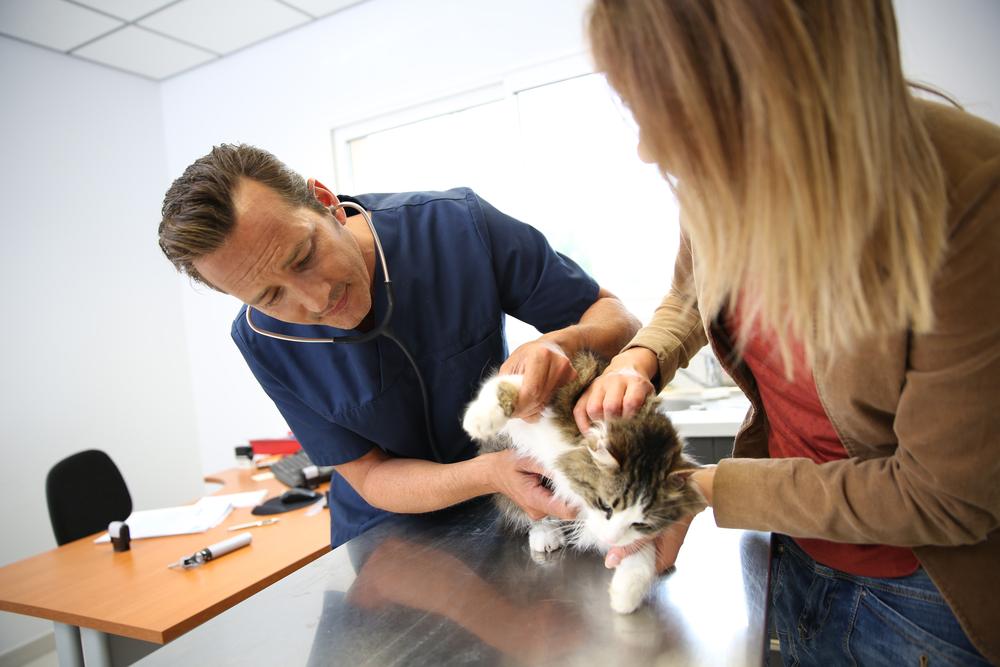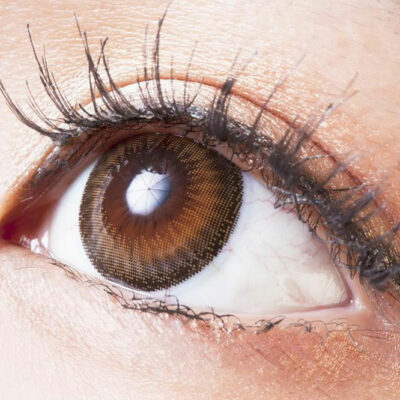
4 Essential Tips to Manage Diabetes Mellitus in Cats
If you are raising a cat that is suffering from diabetes mellitus, then following a few tips may help the condition improve effectively.
Consult a vet
If you observe the following symptoms, consult a vet at the earliest possible. A professional diagnosis is necessary if your cat:
- Gets ravenous and eats way more than the usual amount of food
- Does not express any interest in food and starts losing weight dramatically
- Is excessively thirsty and looks for water in places he would not ordinarily do, like in the garden or bathroom
- Shows signs of poor digestion like vomiting, diarrhea, or dehydration
- Urinates more frequently
- Is unable to use the litter box and cannot control its bladder
- Is not as active or playful as before and seems lethargic or weak
- Exhibits sudden changes in skin and coat. From being silky and smooth, the coat can feel knotty and coarse.
Modify the diet
If your cat is diagnosed with type 2 diabetes, the veterinarian might advise a multi-faceted treatment approach that includes insulin injections, oral medications, and modification in your cat’s usual diet. Additionally, if your diabetic cat is plump, the diet must focus on providing enough calories to be active without increasing body weight. The goal is to shed some pounds, in turn, helping with the management of diabetes. When your cat has the ideal body weight, the body naturally makes use of the insulin that is produced and maintains blood-glucose at the right level. So, based on your cat’s health condition at the time of diagnosis, and preferred tastes, the vet may decide on a modified diet that will help maintain the ideal sugar levels.
Increase proteins and reduce carbohydrates
Cats are inherently carnivorous animals. So their constitution is naturally prepared for a high-protein diet. Commercially manufactured cat food, to keep prices low and make a profit from increased sales, are made with more carbohydrates, fillers, and artificial additives that are healthy for cats. However, there are also prescription foods that are way more expensive but contain real meat and ideal protein sources for cats, especially those with diabetes mellitus. After obtaining the veterinarian’s approval, you could try feeding your diabetic cat any of the following foods: Royal Canin Feline Glycobalance Morsels In Gravy, Blue Buffalo Wilderness High Protein Grain Free Natural Dry Cat Food, or Reveal layer Limited Ingredient Chicken Breast With Pumpkin In Broth Grain-Free Canned Food.
Follow a strict feeding routine
Typically, cat feeders are filled with dry kibble, which cats chomp down at any time they please. But, for your cat with diabetes mellitus, the food must be regulated. Make sure you feed specified quantities of food from particular brands only at a particular time or as advised by the doctor. If your cat is on insulin injections, you must time his feed so that the food works in tandem to maintain his blood sugar levels at an optimum level.


